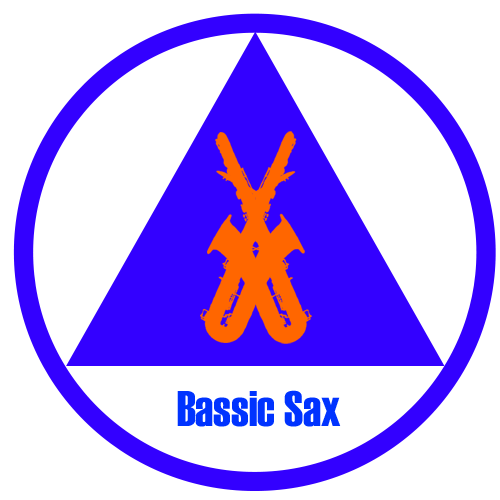Anyone who frequents venues where musicians improvise has probably noticed this: when they improvise, most accomplished musicians keep their eyes closed during much of their improvision. As a performer who spends at least 50% of my time on stage improvising, I have really found over my years of playing that if I keep my eyes open when soloing, my solos sound vastly different than when I keep my eyes closed.
With my eyes open, I am by nature a rhythmic player. If anyone is familiar with the book the Jimmy Dorsey Saxophone Method: A School of Rhythmic Saxophone Playing, that was edited by Jay Arnold, my solos that I play with open eyes, tend to sound like I am a disciple of that book. (Which by the way, I am not.) With eyes closed, my solos take on much more melodic lines. The shape and flow, as well as the tension building and release stages are completely different.
Other than my sound being the same, an audience member not watching, but only hearing me play with both my eyes open and closed, would think that they were listening to 2 different sax players. I don’t know if this extreme is true for all musicians who improvise, since I’ve never asked anyone about it, but it is somewhat intriguing.
People that know me, know that in November ’06 I developed a very nasty set of neurological problems. Now 18 months later, while the neurologists have a number of answers, most still elude them, including an actual diagnoses. However through extensive testing with the computerized dynamic posturography testing unit at Vancouver General Hospital, my doctors have discovered that one of the things that I have is a mismatch between my vestibular and visual systems. This means that either my vestibular and visual system are providing sensory information that isn’t correlated, or that either the visual or vestibular system isn’t providing any sensory information at all.
So how does this relate to music you’re asking yourself? Well, the problem for me is that I can’t stand up with my eyes closed. I fall over. So you can see where I’m going with this now…As a player whose improvisational style varies vastly depending on whether or not my eyes are open, having to play with my eyes open, fundamentally changes my playing and the way I interact with the music, and by extension the way I feel the music I play.
I think most musicians will tell you that when they’re playing, they enter “a zone” of sorts, where nothing extraneous gets in, and where they are totally enveloped in the feeling of the music that they are playing. I believe that closing one’s eyes while improvising allows the musician to temporarily separate themselves from their surroundings, and create an original composition (an improvisation) through only the feel of the music, before stepping back into the bigger group of the band and stage surroundings again. Without the ability to remove oneself from the “noise” of the surroundings, the musician’s ability to play by “feel” is impaired, and a musician is forced to fall back on the patterns that are the most comfortable, but not necessarily the most suitable for the situation.
In Part 2 I’m going provide an overview of what the researchers at John Hopkins found when they used a functional magnetic resonance imaging unit to study what went on inside the brains of jazz pianists who were improvising.
My intention was to write all the posts in this series and get them up within a few days of each other. I’m not really sure if that’s possible, as I’m struggling quite a bit at the moment through a type of mental fog. But in the meantime, I thought I’d get this one up to start with while I work on the rest.


